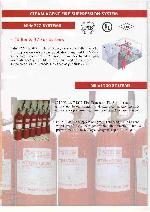Welcome to Anhui Nuclear & Electronics Technology Co Ltd
Manufacturer Of Radiation Detectors, Introduction to Radiation Detectors, Radiation Protection Solutions, Fire Detectors, Radiation Detection Device, Radiotherapy Equipment
Welcome to Anhui Nuclear & Electronics Technology Co Ltd
Manufacturer Of Radiation Detectors, Introduction to Radiation Detectors, Radiation Protection Solutions, Fire Detectors, Radiation Detection Device, Radiotherapy Equipment
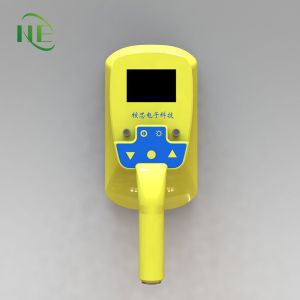
https://www.radsafetech.com/products.html Radiation Detectors A radiation detector is a device that measures nuclear, electromagnetic, or optical radiation. Nuclear radiation detectors identify nuclear radiation by measuring the emission of ionizing radiation of alpha particles, beta particles, and gamma rays. A nuclear radiation detector, also known as a Geiger counter, consists of two main components: the processing electronics and the Geiger tube. Geiger tubes are filled with low-pressure inert gases such as helium, argon, or neon. If radioactive radiation occurs, the noble gases become ionized. An anode inside a Geiger tube records the number of ionized particles that is numerically related to the intensity of radioactive radiation. The radioactivity measurements are then displayed on the LCD screen of a Geiger counter or nuclear radiation detector. Measuring nuclear radioactivity and classifying nuclear radioactivity values is very important. For example, terrestrial gamma radiation is typically measured at 0.03 - 0.3 µSv/h (microsieverts per hour). This "normal" range of oscillations is determined by naturally occurring radioactive elements in the ground, such as uranium and potassium. To calculate this factor, cosmic radiation must be taken into account. For example, taking cosmic radiation into account, the maximum radioactivity content at the Schneefernerhaus, Germany's highest environmental research station, is equal to approximately 110 µSv/h. At PCE Instruments you will find three types of Geiger counters or nuclear radiation detection equipment to help you measure radioactivity: 1) alpha radiometers, 2) meters for detecting alpha, beta and gamma radioactivity, and 3) wearable Radioactive meter on the body.
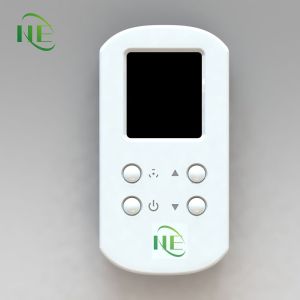
https://www.radsafetech.com/productstags/introduction-to-radiation-detectors.html For those who work with or around radiation, one of the most important factors is understanding the radiation levels around you. This is mainly achieved through the use of different types of radiation detectors. A basic understanding of the different types of detectors and how they work goes a long way in finding the best detector for the required task and maximizing the benefits of operating that detector. When many people think about radiation detection, they tend to refer to them collectively as "Geiger counters, " a misunderstanding heavily encouraged by popular television shows and movies. Although one of the most common types of radiation detectors is actually called a "Geiger-Muller (G-M) tube, " the blanket phrase "Geiger counter" is not always the most appropriate. It is suitable for a very specific type of detector and often for that detector's specific application. Radiation detection devices are often classified according to the type of detector element employed or the application involved. The instrument is called an ionization chamber, a meter, a contamination meter, or a Frisker probe. Popular culture has so overturned the correct use of "Geiger counter" that using the phrase often does not provide enough information about the device in question. First Radiation Detector Since Roentgen and Becquerel's early radiation tests, scientists have been looking for ways to measure and observe the radiation emitted by the materials they work with. One of the earliest methods of capturing radioactivity data was photographic plates. Photographic plates will be placed in the path of/near the radioactive beam or material. When a plate is developed, it can become mottled or fogged from exposure to radiation. Henri Becquerel demonstrated the existence of radiation in 1896 using a similar method. Another common early detector was the electroscope. They use a pair of gold foils that become charged and repel each other due to ionization caused by radiation. This provides a method of measuring radiation with greater sensitivity than is reliably possible using photographic plates. Depending on the arrangement of the device, they can be configured to measure alpha or beta particles and are a valuable tool for early experiments involving radioactivity. The rotating mirror was an interesting early device that arose out of a desire to measure the actual individual particles or rays emitted by radioactive substances, rather than making cruder measurements of radioactive fields. Invented by William Crookes, who also invented the Crookes tube used by Wilhelm Roentgen to discover X-rays, it uses a zinc sulfide screen on one end of the tube and a lens with a small amount of radioactive material close to the zinc sulfide screen. The zinc sulfide reacts with the emitted alpha particles, creating a tiny flash of light with each interaction. This was the first way to calculate decay rates, although it was a very tedious method because it meant scientists had to work in shifts observing and actually counting the flashes. The rotating mirror was not very practical as a long-term solution for radiation detection, although it did experience a renaissance as an educational tool in the late 20th century. The tendency of certain materials to emit light when exposed to radiation could also prove valuable in future radiation detection technologies. These early devices, as well as many others such as cloud chambers, were valuable in developing an understanding of the fundamental principles of radiation and conducting important experiments that laid the foundation for later developments. These included the development of new radiation detectors, many of which are still in use today, such as G-M Tubes, Ionization Chambers, and Scintillators.
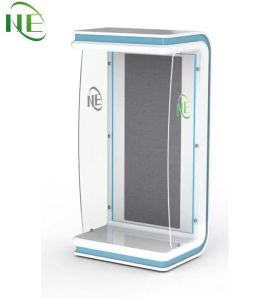
https://www.radsafetech.com/productstags/i-131-radiotherapy.html Iodine-131 (I-131) is a radioactive substance produced in nuclear reactors that provides the medical isotope for nuclear medicine procedures. At high therapeutic doses, radioisotopes can be injected intravenously to effectively penetrate and destroy tumor tissue through localized radiation. Your healthcare provider will take steps to protect your thyroid from medication. Radioactive isotopes also release gamma particles, which can be captured by specialized gamma cameras during a molecular imaging process called scintigraphy. I-131 can be combined with molecular compounds to further personalize treatment and isolate radiotherapy to specific cells and their physiological functions. I-131 radiation therapy is a treatment for hyperthyroidism and thyroid cancer. For thyroid cancer, I-131 radiation therapy is usually given after thyroid removal surgery to destroy any remaining cancerous or healthy thyroid tissue. In I-131 radiation therapy, the radioactive substance used is radioactive iodine I-131. Patients swallow radioactive iodine in liquid or pill form. I-131 accumulates and destroys thyroid cancer cells. Advantages of I-131 high-dose radiotherapy Because I-131 radiation therapy improves survival rates for patients with differentiated thyroid cancer that has spread to the neck or other areas, it is now the standard treatment for such cases. I-131 Radiation Therapy Patient Guide After treatment, small amounts of radioactive iodine can remain in the body for up to three months. Most radioactive iodine is eliminated from the body primarily through urine within the first week after treatment. Very small amounts are excreted through saliva, sweat, and bowel movements. Therefore, patients must follow certain precautions to minimize radiation exposure to others. First 8 hours after treatment: Drink a glass of water every hour and go to the bathroom as soon as you need to empty your bladder. Men should sit on the toilet to reduce splashing. Wipe urine from the toilet with a paper towel and flush. handwashing. Stay at least 3 feet away from everyone. You should drive home alone, but if this is not possible, keep as much distance as possible from other people in the car. You should not use public transport.
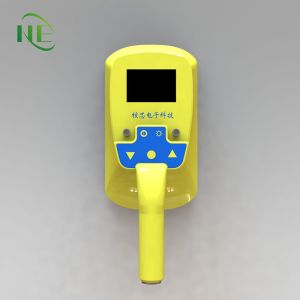
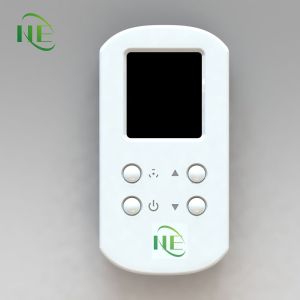
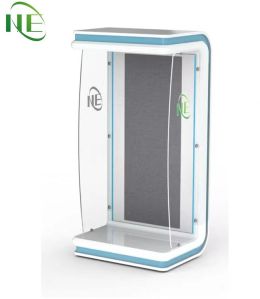
Share your thoughts with other customers for Anhui Nuclear & Electronics Technology Co Ltd
Add Review